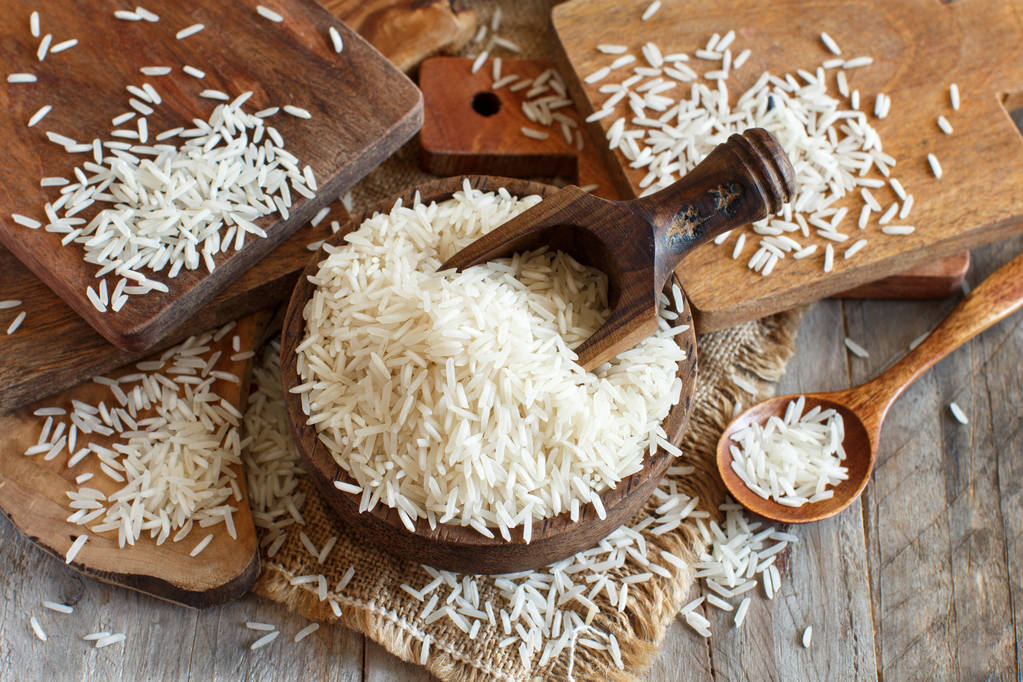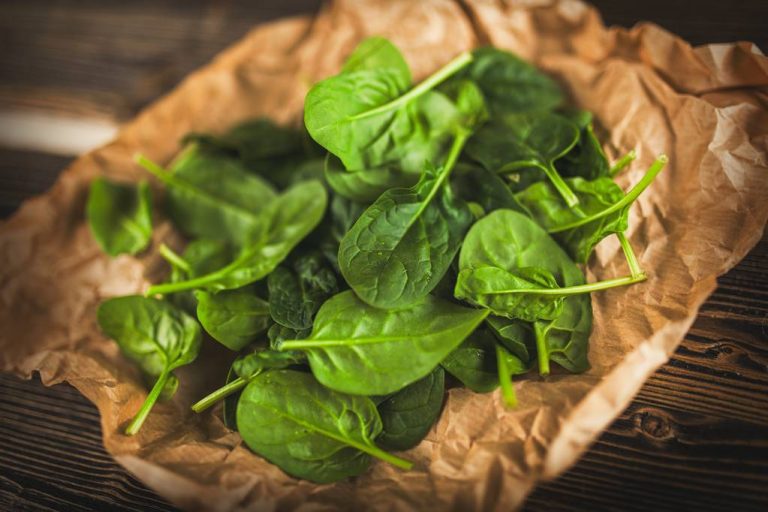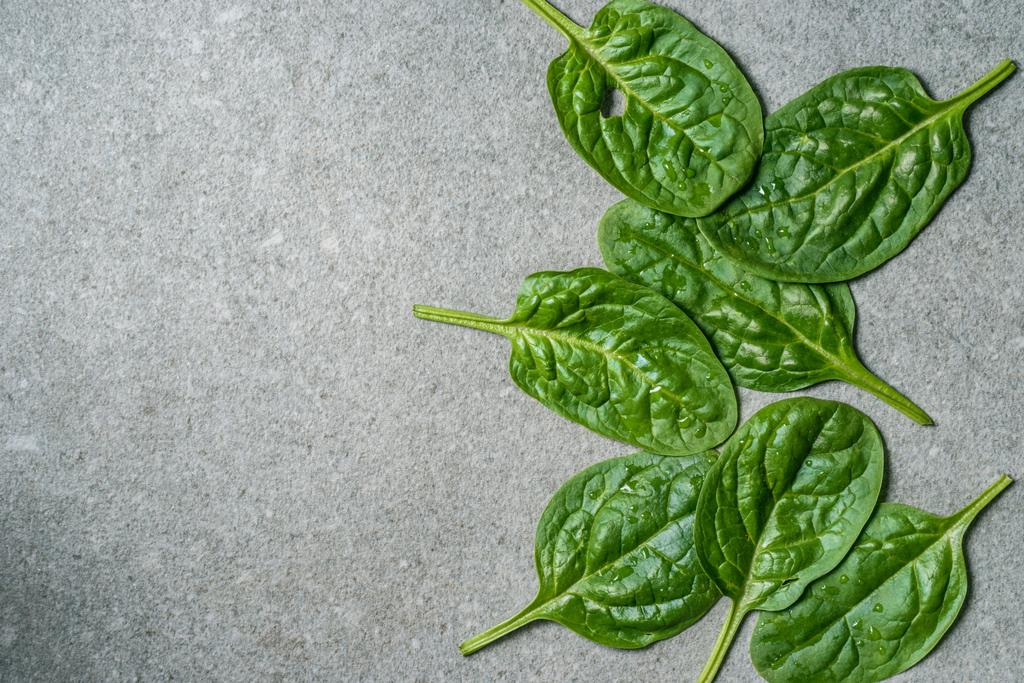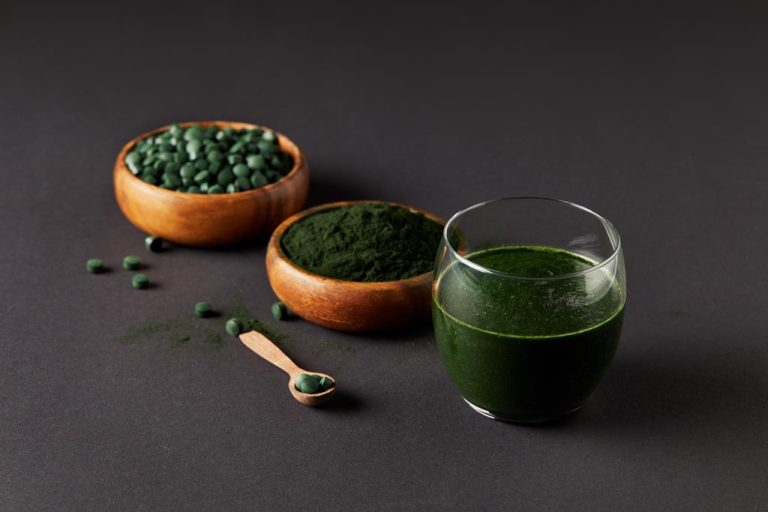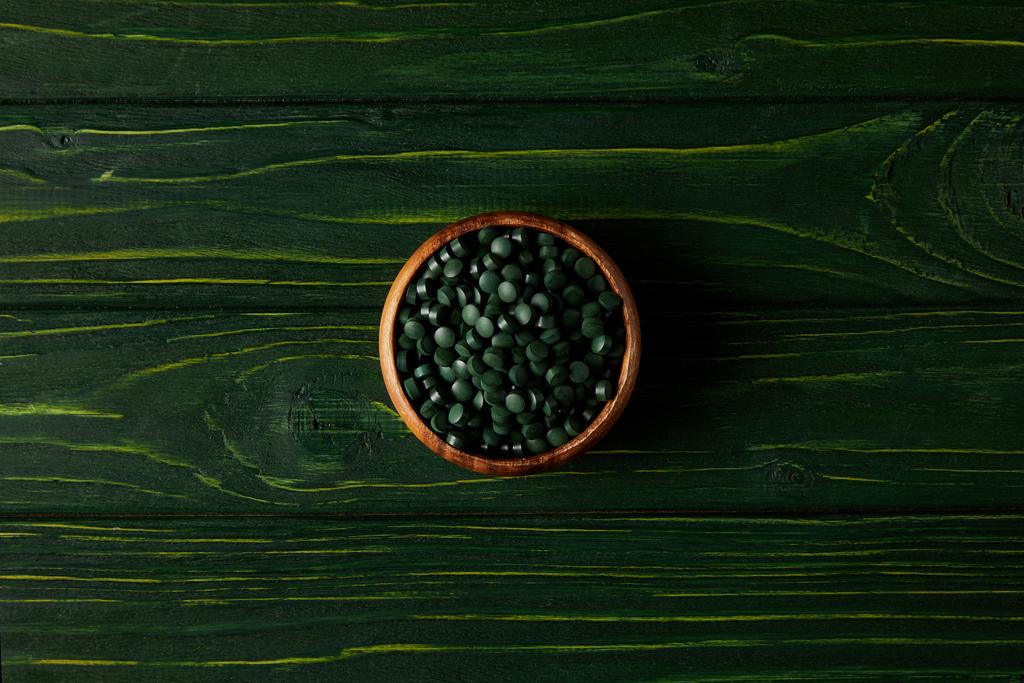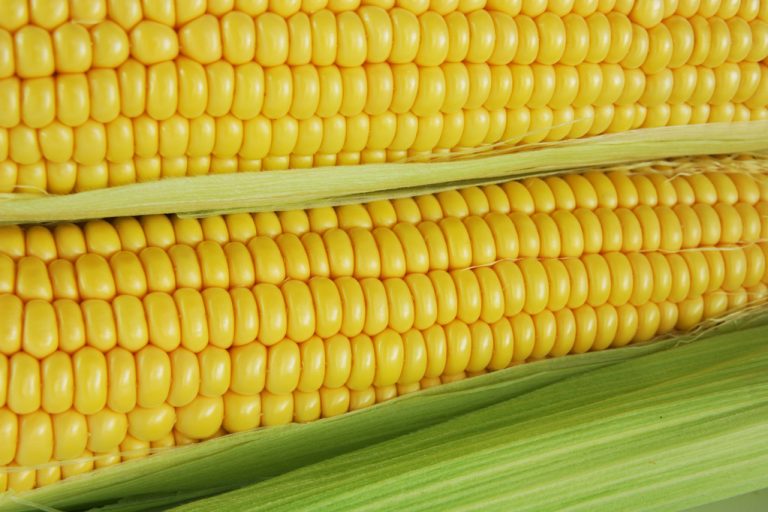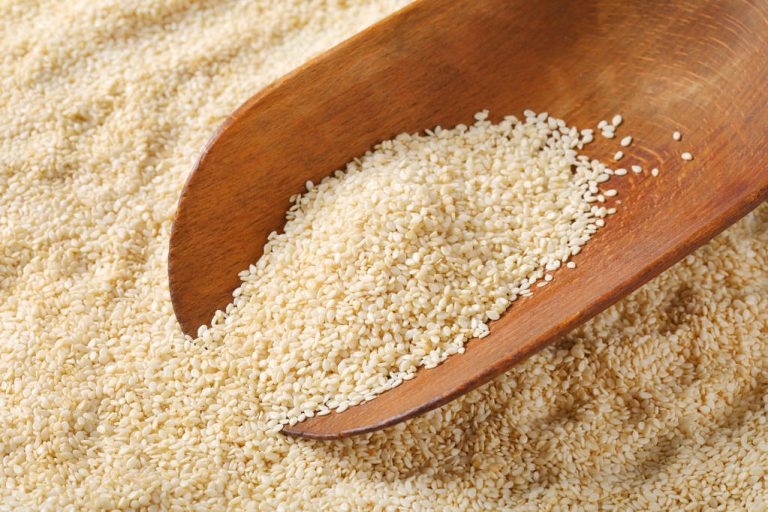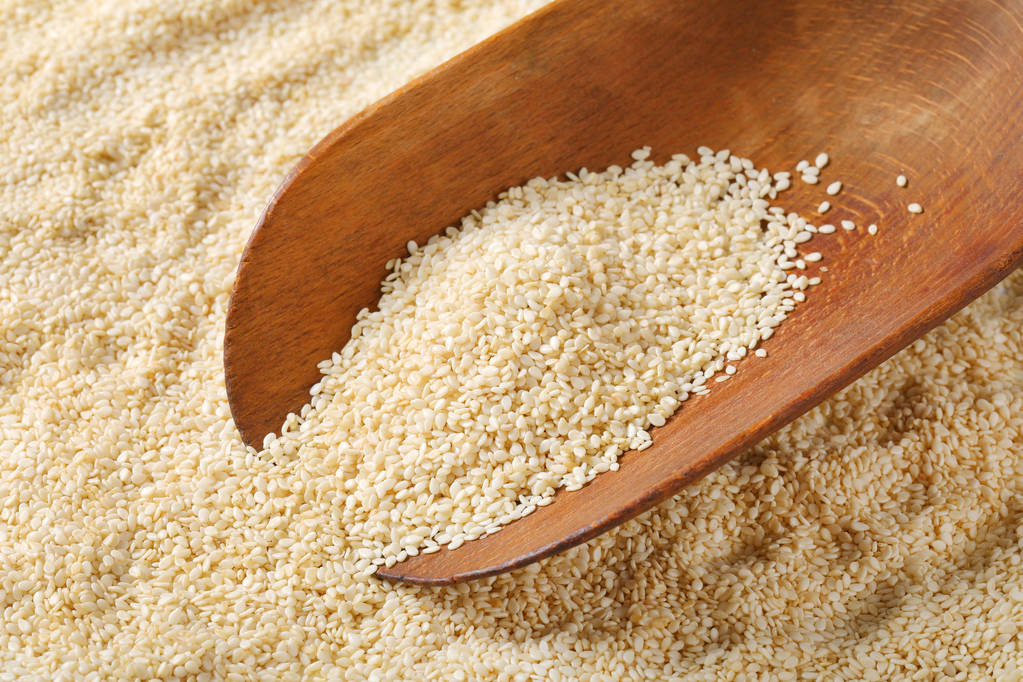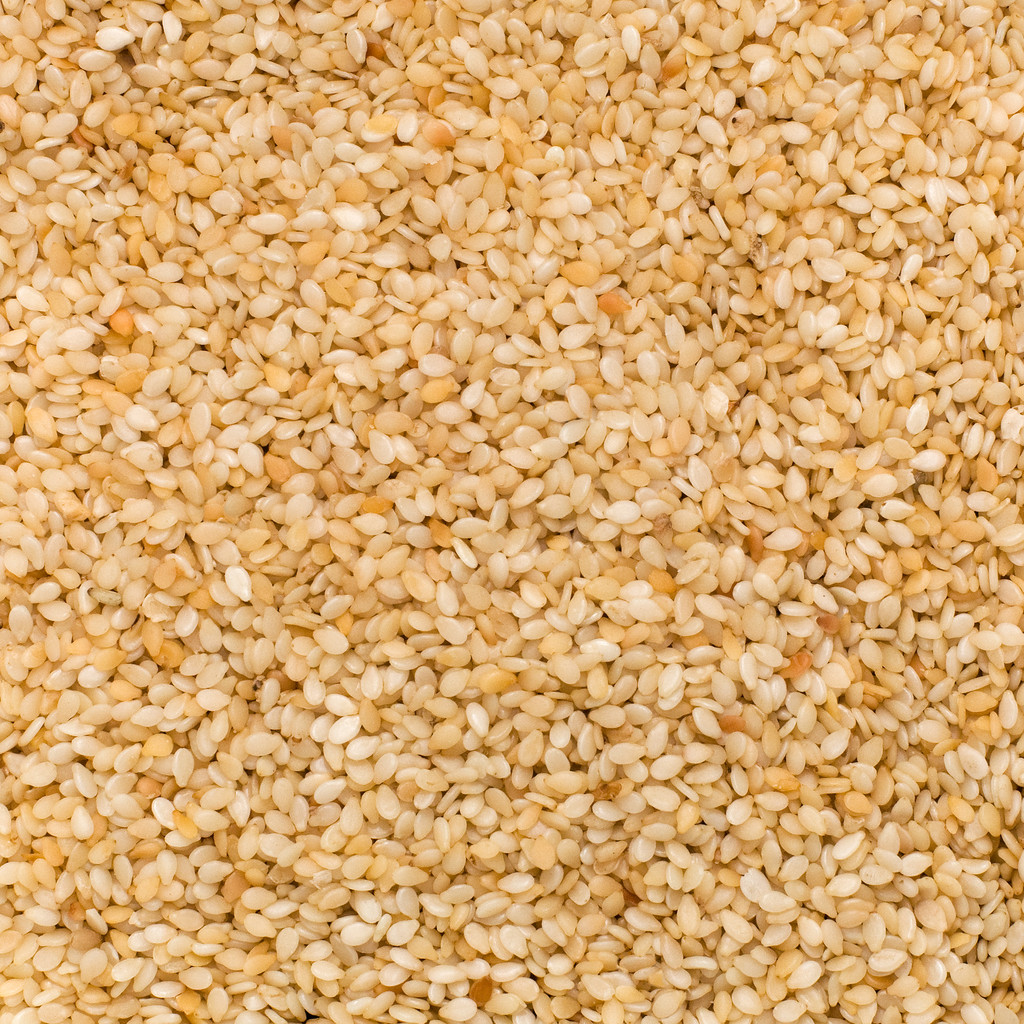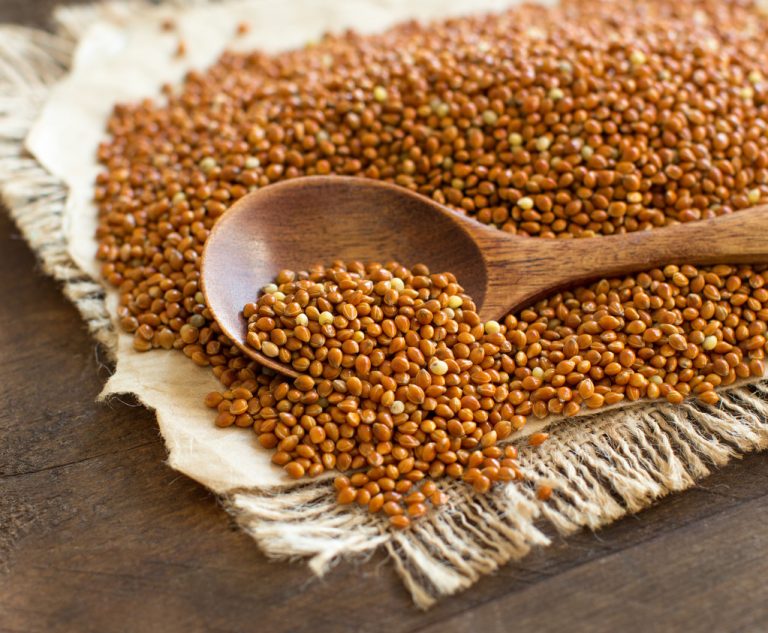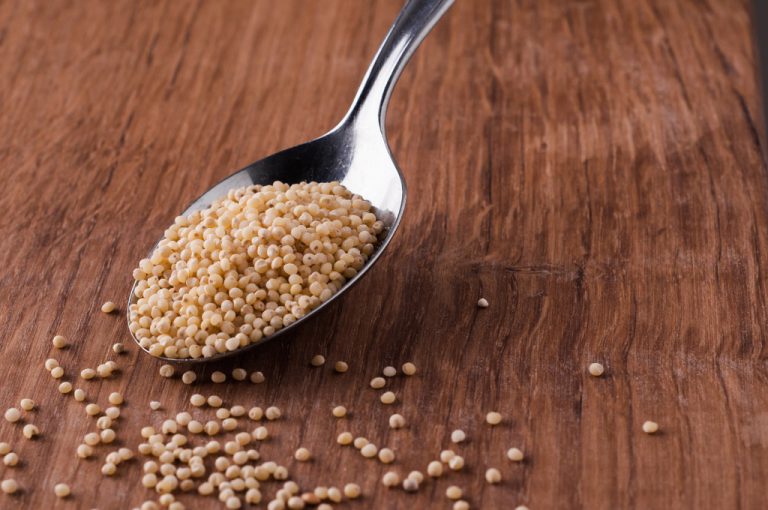Turnip sticks or turnip greens are vegetables that very few people know. Here you can find out all about its distribution, nutrients and which recipes it goes with.
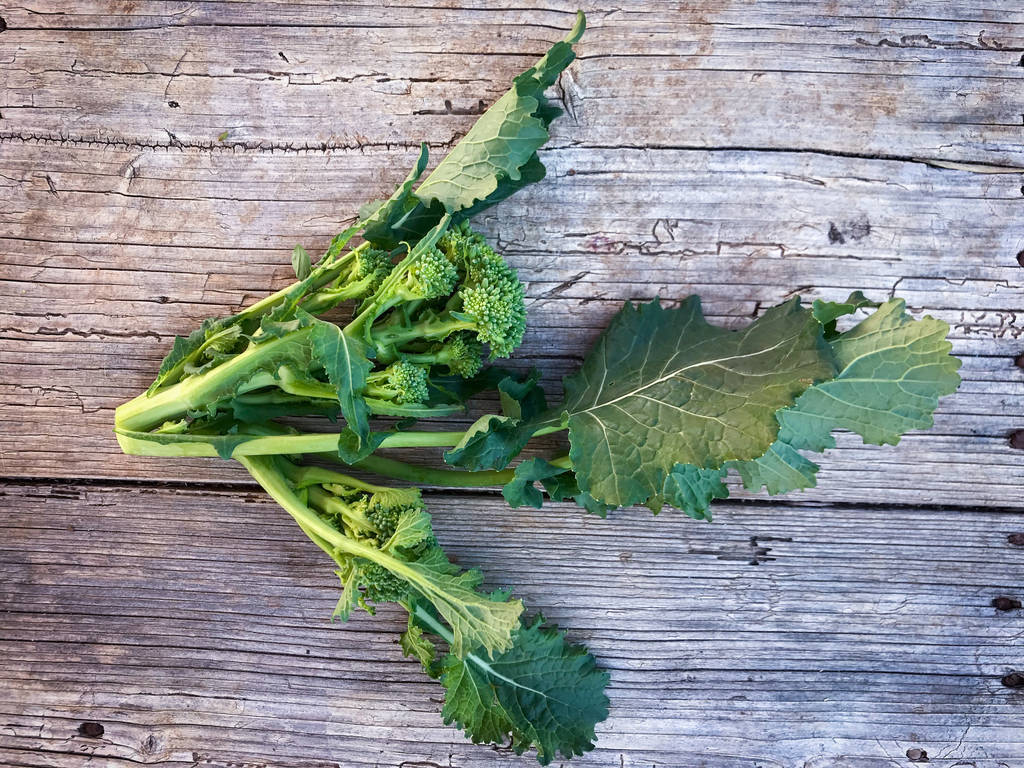
Stick Mushrooms: Vegetables with a long tradition
Turmeric has been cultivated for many centuries, especially in the Rhineland and North Rhine-Westphalia. Since the vegetable grows in many areas of Germany, it does not have to be transported far to be sold. This makes turnips particularly sustainable.
Rübstalk is a type of turnip. In the past, these were planted so close together that the beet fruit could no longer develop. The leaves grew bigger and bigger. Today, turnips can grow up to 25 centimeters in size – the beets remain very small and tender.
Buy seasonally: Season has turnips from spring, around mid-April, through summer, late May to early June. There is a second harvest in October. The best place to buy turnips is at weekly markets or from well-stocked greengrocers.
Grow turnips yourself: If you have a garden or a balcony, you can simply grow turnips yourself. The best way to get organic seed is from an organic farmer near you.
It is best to sow the vegetables in early March or early September. Since turnip butter is very frugal, it grows in practically any location in any soil. You should only water it regularly – then you can harvest the healthy vegetables after about five to seven weeks.
These nutrients make turnips so healthy
Turnip sticks are a real nutrient bomb. It can be integrated particularly well into a conscious diet. Per 100 grams turnip greens contain:
30 calories
0.2 grams of fat
3 grams of protein
3 grams of carbohydrates
2.3 grams of dietary fiber
In addition, turnip butter is rich in vitamin C and beta-carotene (a precursor of vitamin A). According to the BzfE (Federal Center for Nutrition), it also contains significant amounts of folic acid, calcium, iron and the secondary plant active ingredient mustard oil glycoside.
Health-promoting properties are ascribed to all ingredients: Due to the high vitamin C content, turnip butter is said to promote the immune system and the beta-carotene protects the body’s cells by binding free radicals. Calcium strengthens and builds bones and teeth and mustard oil glycoside even has a slight antibacterial effect.

Preparation and recipes for turnip greens
You can prepare turnips raw, boiled or cooked. In principle, you process it just like Swiss chard. Raw turnip butter goes particularly well with salads. To do this, wash the turnip leaves and cut them into bite-sized pieces. Then serve them with onions and tomatoes, for example.
You can also use turnips as a side dish with fish and poultry and as a soup vegetable.
Tip: If possible, do not use meat from factory farming, but use organic quality products. The DGE recommends consuming a maximum of 300 to 600 grams of meat per week – this also protects the climate. In Greenpeace’s fish guide, you can find out which types of fish are still ecologically justifiable to buy and which ones you should better keep your hands off.
When you cook turnip greens, you should separate the leaves and stalks first, then wash them well. Put the stalks in boiling water first. They take a little longer to finish cooking. If you want to use the leaves as well, just add them 3-4 minutes before the end of the cooking time, depending on the recipe.
Always use fresh turnips. You shouldn’t keep it in the fridge for more than a day or two. Wrapping the veggies in a damp kitchen towel will keep them fresh a little longer.




